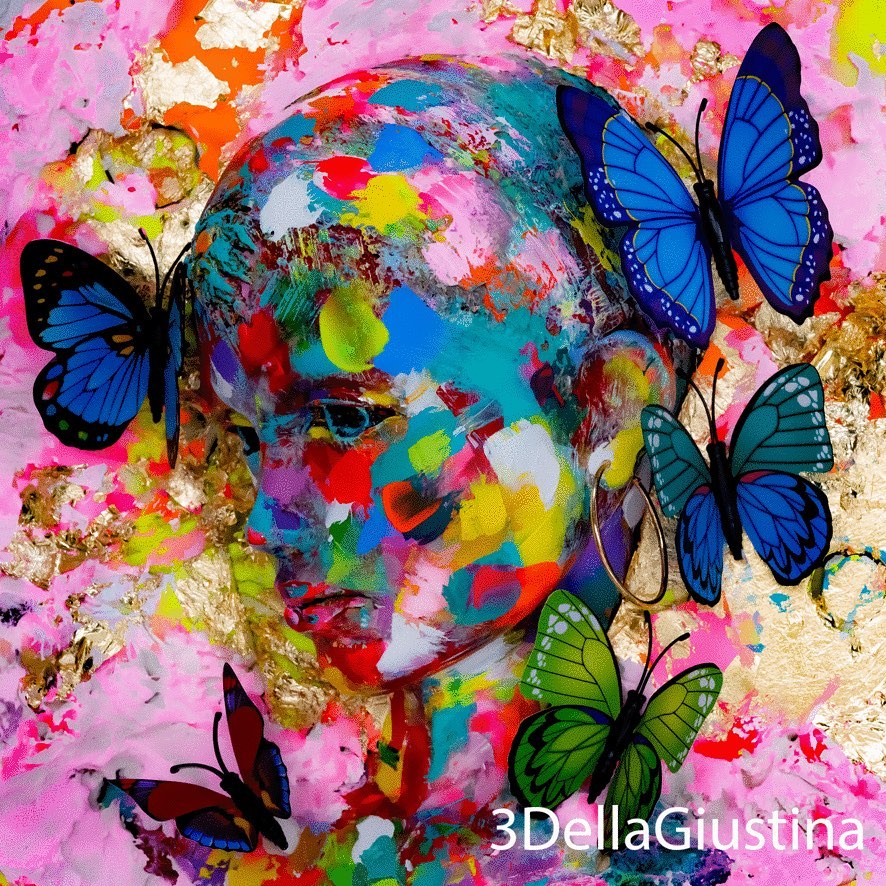Alle porte della città e presso il focolare vi ho veduto, prostrati, adorare la vostra libertà,
Così come gli schiavi si umiliano in lodi davanti al tiranno che li uccide.
Sì, al bosco sacro e all'ombra della rocca ho visto che per il più libero di voi la libertà non era che schiavitù e oppressione.
Bellor 1911-2000 | Belgian Symbolist painter











